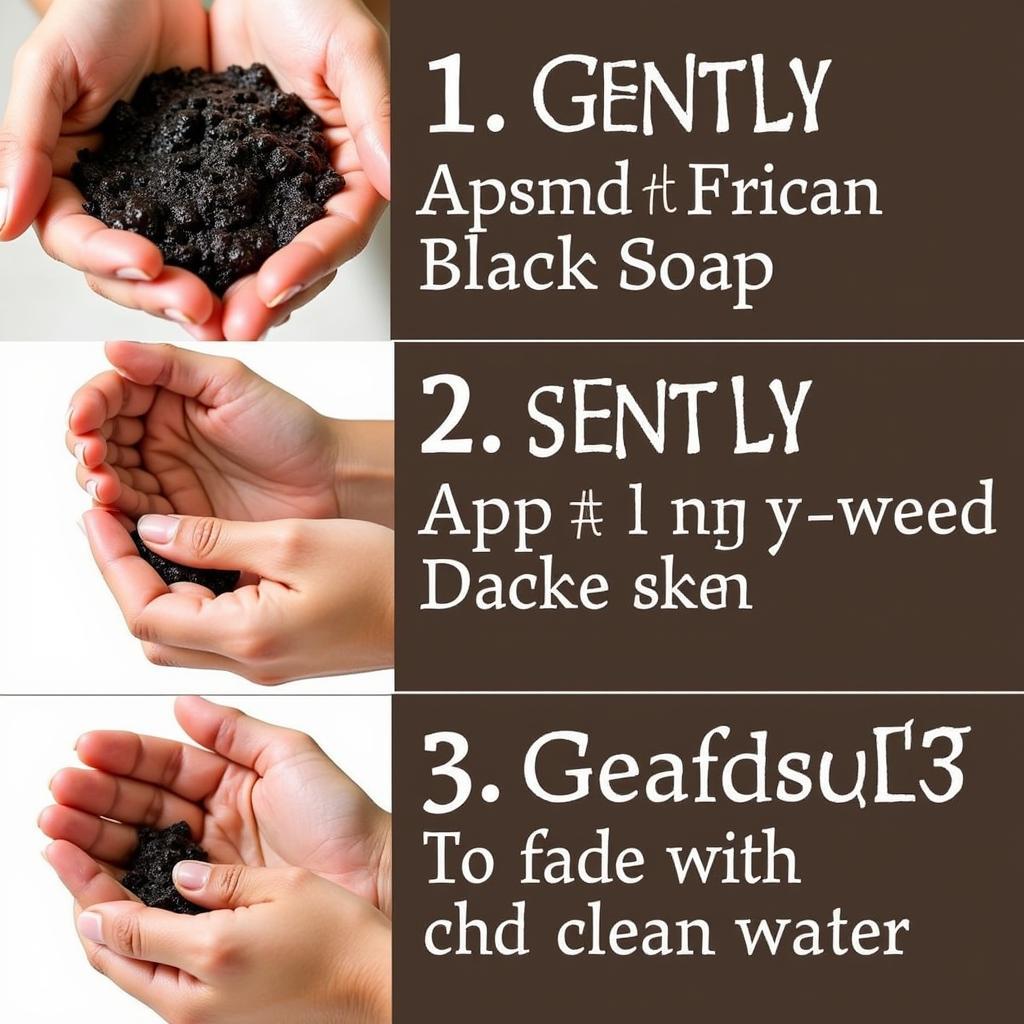African Elephant Endangered Statistics: A Look at the Crisis and Hope for Recovery
The African elephant, a majestic creature that roams the savannas and forests of the continent, faces a dire situation: its population is in steep decline, with the species officially classified as “endangered” by the International Union for Conservation of Nature (IUCN). Understanding the statistics behind this crisis is crucial for galvanizing efforts to protect this iconic species.
The Shocking Numbers: A Decades-Long Trend of Decline
The African elephant population has been steadily shrinking for decades, with the most significant decline occurring in the last century. Here’s a look at the key statistics:
- 1930s: Estimated population of 5-10 million elephants
- 2016: Estimated population of 415,000 elephants
- Current: Estimated population of approximately 400,000 elephants
This dramatic decrease can be attributed to a number of factors, including:
- Poaching for ivory: The illegal trade in ivory remains a major threat to elephants, driving many populations to the brink of extinction.
- Habitat loss: Human encroachment and deforestation are shrinking elephant habitats, limiting their access to food and water.
- Human-wildlife conflict: As human populations expand, encounters between humans and elephants increase, leading to conflict and elephant deaths.
The Impact of Poaching: A Heartbreaking Reality
Poaching for ivory has been a significant factor driving the decline of the African elephant population.
- 1979-1989: 100,000 elephants were killed annually for ivory.
- 2011-2017: An estimated 100,000 elephants were poached every year.
- 2016: The African elephant population declined by 8% in just one year due to poaching.
“The situation is truly dire, and we are losing elephants at an alarming rate,” says Dr. Amani Nuru, a renowned wildlife conservationist. “Ivory poaching is not only devastating elephant populations, but it also disrupts the delicate balance of the ecosystem.”
The Fight for Survival: Conservation Efforts on the Frontlines
While the situation is dire, there is hope for the African elephant’s future. Numerous conservation organizations and governments are working tirelessly to protect these magnificent creatures.
- Protected areas: Establishing and enforcing protected areas helps to safeguard elephant habitats and reduce poaching.
- Anti-poaching patrols: Increasing patrols in elephant-populated areas helps to deter poachers and apprehend those involved in the illegal ivory trade.
- Community engagement: Working with local communities to understand their needs and empower them to participate in elephant conservation is crucial.
The Future of the African Elephant: A Call for Action
The African elephant is a symbol of strength, wisdom, and resilience. Its survival depends on our collective actions.
- Support conservation organizations: Donate to reputable organizations that are working to protect elephants.
- Educate yourself and others: Spread awareness about the plight of African elephants and the importance of conservation.
- Make responsible choices: Avoid buying ivory products and support businesses that promote sustainable tourism.
By raising awareness, supporting conservation efforts, and advocating for change, we can contribute to ensuring that future generations have the opportunity to witness the majestic beauty and ecological significance of the African elephant.
FAQs
Q: What is the current African elephant population?
A: The current population is estimated to be around 400,000, but this number continues to decline.
Q: How can I help protect African elephants?
A: You can help by donating to conservation organizations, raising awareness, and supporting businesses that promote sustainable tourism.
Q: What are the biggest threats to African elephants?
A: The biggest threats are poaching for ivory, habitat loss, and human-wildlife conflict.
Q: Are African elephants endangered?
A: Yes, the African elephant is classified as “endangered” by the IUCN.
Q: What are some positive developments in elephant conservation?
A: Positive developments include increased anti-poaching patrols, establishment of protected areas, and growing community engagement in conservation.
Q: Is there anything I can do personally to help?
A: You can make a difference by avoiding ivory products, spreading awareness about the plight of elephants, and supporting conservation organizations.
